When you need results fast, making on-page SEO (search engine optimization) changes is often the best place to start. On-page SEO, or optimizing pages on your site to improve user experience and give Google a clearer idea understanding of your content, can go a long way toward better ranking and traffic.
Begin with a small subset of pages and audit them for the most important on-page SEO factors. If you optimize for each of the essential on-page elements, your adjustments can have a drastic impact even if each individual change involves just a small tweak.
8 Most Important On-Page SEO Factors
Essential on-page SEO factors are:
- Title tags
- Headings
- Content comprehensiveness
- Internal links
- E-A-T signals
- Content usefulness
- Image alt text
- Schema markup
Let’s look at these in more detail.
1. Title Tags
The title tag appears within the search engine result below the URL but above the meta description. Title tags should be eye-catching, on-brand, and optimized for your keywords.

In theory, meta data optimizations are the most basic of tasks. But in practice, crafting title tags and meta descriptions is more of a nuanced art than a hard science.
The rules of title tags are simple, but the strategy is complex. A widely-accepted rule is to stay under ~60 characters, but you should target 51-55 characters for the best odds that Google won’t rewrite your title tags, and click-through rate studies suggest you should cut that character count in half. And if that weren’t enough of a challenge, the rules of SEO say to use your exact-match query, but your brand voice guidelines may require you to be playful and casual, making it difficult to work those keywords in naturally. Fortunately, you can find that balance.
A great title tag is like a great tweet: it has an “it” factor. For your most important landing pages, take the extra time to make sure your title tags check these boxes:
- Uses the language of your target audience, using the exact-match keyword if possible
- Speaks to the search intent of your target audience, because some page views count more than others
- Eye-catching and on-brand, to make every impression count
- Truly descriptive of the content because an inaccurate title will destroy your bounce rate
If you are writing title tags for a client, the beauty of well-written meta data is that you’ll earn the client’s confidence in your understanding of their audience, product, and industry. If your client is hesitant to make a change, try these SEO A/B tests to perfect your metadata. SEO A/B testing gives you data to back your optimizations, making it easier to get your work approved quickly and implemented faster.
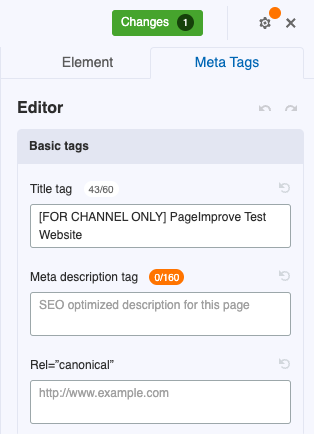
Of course, sometimes approval and implementation don’t go hand-in-hand—developers may be up to their necks with other tasks. In which case, “wow” the client once more with your ability to get the optimizations implemented using PageImprove for title tag and meta description optimizations.
Note: Google does not always display the title tag you specify. Sometimes they pull in another header from your page, which is why those must also be optimized.
2. Headings
It’s not just what you say, it’s how—and where—you say it. Putting your target keyword in your heading and subheadings is a no brainer: you’ll see greater impact optimizing an H1 than if that same term is hidden in the page copy.
Just like title tags, the H1 should be crafty, compelling, and front-loaded with keywords, drawing your target audience into the main content. That said, H2s and H3s are often where the real opportunity lies, since they are more likely to be neglected, stale, and unoptimized, making them perfect targets for SEO optimization.
Often, Content Management Systems (CMS) make it impossible to optimize headings on any pages not containing long-form content, such as a blog post. In reality, any and every page can benefit from optimizing subheadings, including templatized pages like ecommerce product detail page and other standardized listings. PageImprove enables you to adjust headings and subheadings independent of the templates restricting your CMS.
Let’s say I wanted to optimize the H1 on a product detail page. If I did so in my CMS, I’d have to change the actual product name. Now that would cause a chain reaction, messing with not just inbound links, but also orders and fulfillment. Instead, optimize the H1 with PageImprove, and the product name doesn’t have to change throughout the site—just the H1.
Same thing with subheadings. Say your product page template has a “Why We Love It” section, which cannot be edited in the site backend. With PageImprove, you can tweak this Subheading to “Why We Love [Keyword]” independent of the template. No more ifs, ands, or buts when it comes to revising headings and subheading on a templatized page.
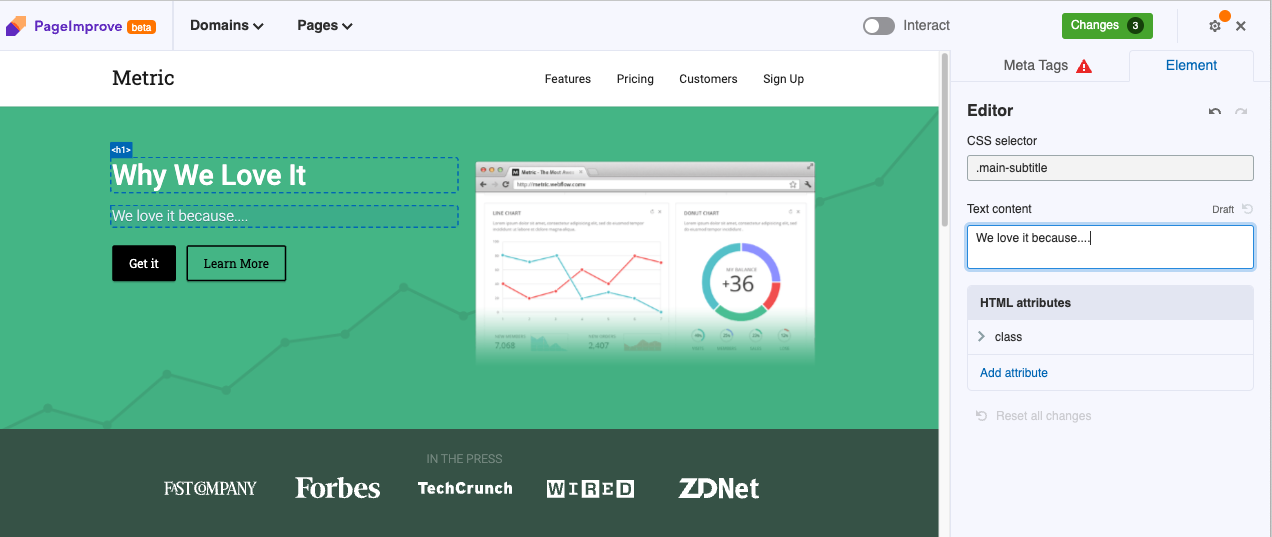
3. Content Comprehensiveness
Suffice it to say, the future of on page SEO lies in semantic search and natural language processing. That means it’s essential to make sure that your content is not just keyword-rich, but deep. Great content should answer the query, anticipate the user’s next questions, and answer those, too.
But what about content formats where text is brief by nature? Make the most of shorter content by being intentional with every word. To this end, ensure your copy is:
- Rich with terms semantically related to your target keyword (try swapping out pronouns like “it” for words that are more descriptive)
- Easy to read, for people and machines (try writing in complete sentences instead of fragments and shortening run-ons)
Apply the two simple rules above to any copy, and you may be surprised at trends you find. Product pages use fragmented sentences that are Short. Snappy. To. The. Point.
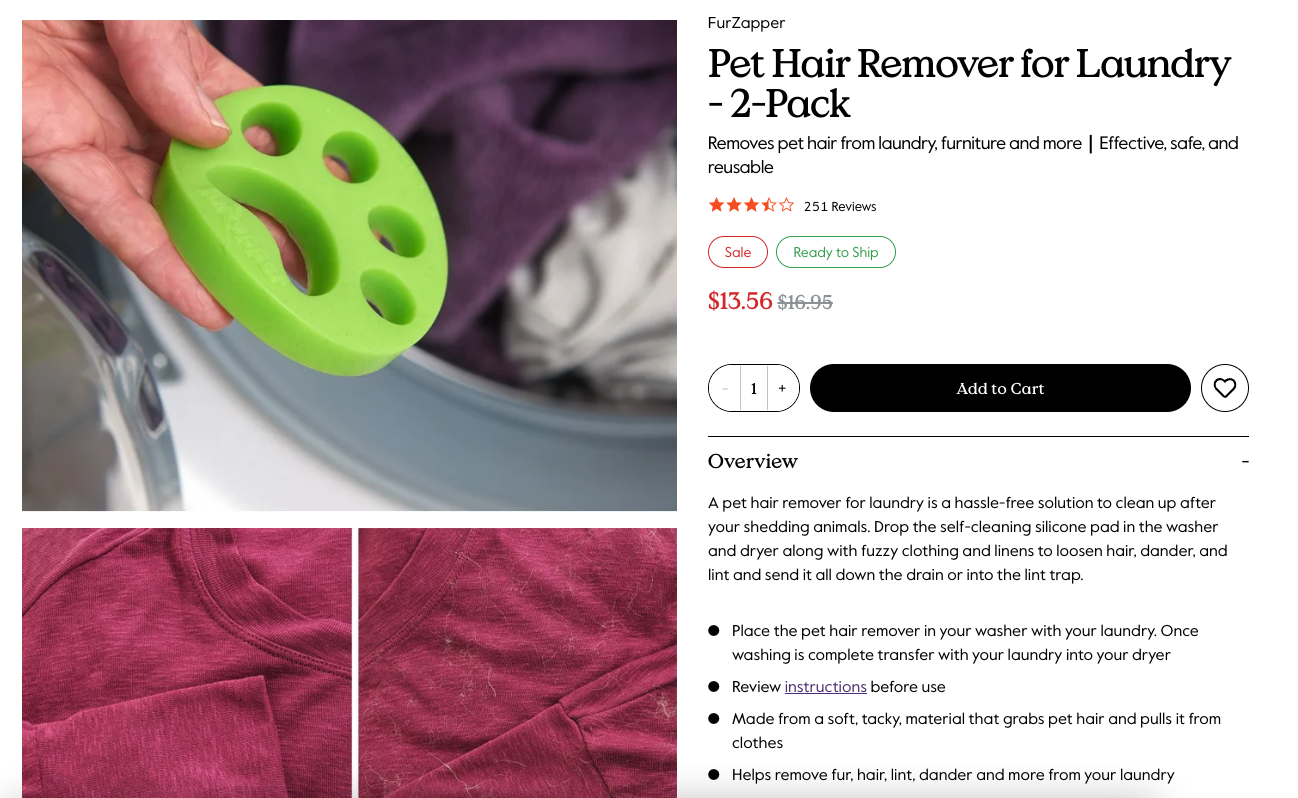
On the other hand, long-form content is often ripe with meandering run-ons, which often lose readers who are there for the meat not the fluff, and they certainly don’t make sense to crawlers, which are still growing in sophistication when it comes to natural language processing, and…
Rework the grammar so your target keywords and semantically related terms act as the clear subject of the copy.
Following the two rules above needn’t interfere with brand voice guidelines or consume implementation bandwidth, which are often on page SEO roadblocks. If your site struggles with SEO implementations like these, check out our recent guide on how to present and track implementations. And for the ultimate quick-win, update your newly optimized copy with PageImprove—even without backend access.
4. Internal Links
Internal links are an easy-to-action, high-impact on-page SEO optimization. From a search perspective, we love internal links because they enable link equity to flow throughout the site, and they allow you to optimize anchor text to the destination page. And as an added bonus for your revenue and conversion metrics, they facilitate the path to purchase.
Internal linking optimizations should follow two rules:
- Optimize anchor text with your target keywords or semantic terms (avoid generic calls to action like “Learn More”)
- Choose link placement wisely (links from authoritative, semantically related content will reap more benefit to your target landing page)
Internal linking optimizations are an easy-sell to most client teams, making anchor text optimizations an SEO go-to when brand guidelines are restrictive. Especially if your site has a mix of “I want to know” and “I want to buy” content, most parties can get behind the idea of adding links from Top of Funnel Content to Bottom of Funnel content.
For example, in this article, you’ll see several links to blog posts on this site and beyond. Each one features relevant, carefully-chosen anchor text.

5. E-A-T Signals
If your rankings ride the waves of the latest algorithm updates, you may want to deep dive into your site’s E-A-T signals. E-A-T stands for Expertise, Authoritativeness, and Trustworthiness and is one of the ways Google measures the value of your content.
Improving expertise and authority requires a holistic E-A-T strategy, and the subject itself is worthy of a novella. In the meantime, there are some quick on-page wins you can make when it comes to E-A-T.
Look to add high-quality external citations to informational content and long-form articles. Ensure the author is reputable and provide author bios. Remember that E-A-T signals are there for users as much as Quality Raters, so awards, testimonials, and studies can all add value for your target audience.
Admittedly, it can be tricky to quantify the benefit of E-A-T when it comes to your bottom line. After all, what does authorship have to do with revenue? Well, if your site is Your Money Your Life (YMYL), establishing beneficial purpose and demonstrating trustworthiness is important for rankings, conversion, and thus overall lead generation. Still, E-A-T optimizations still can seem a bit too “meta” for a brand that has to put time and development resources behind SEO implementations. In which case, tackle E-A-T optimizations with PageImprove. You’ll spend more time doing and less time debating.
Just like Google, your readers want reliable and trustworthy content. E-A-T pushes SEOs to think outside the box and find ways to create better content for their readers. And as great content ranks high, many SEOs who focus on E-A-T tend to see favorable results in the SERPs.
— Dana Nicole | SaaS Writer + SEO (@dana_nic0le) June 7, 2022
6. Content Usefulness
Back to the topic of semantic search, do some research on the SERPs you’re targeting. The first place to look is the People Also Ask (PAA) box—an interactive search result that displays a box of questions that other searchers have asked in relation to your original search. PAA functionally enables Google to increase the number of featured snippets on the SERP—which will give this SERP feature longevity.
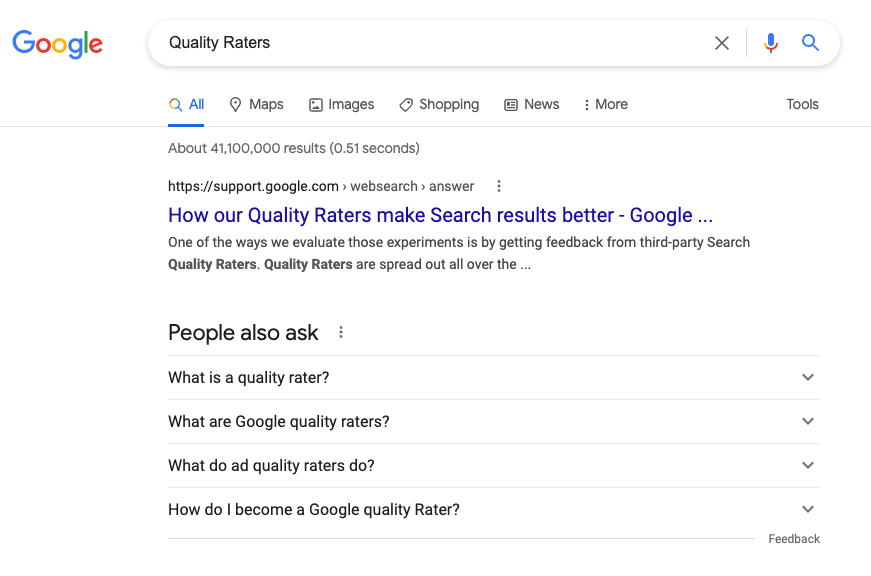
If you can find them, target PAA that have weak answers that can be improved upon. But even if the current PAA results are totally on-point and you don’t expect to unseat the current ranking page, you should still incorporate these questions in your content. Why? This will ensure your content is thorough and robust. In other words, it all comes back to semantic search.
To optimize for PAA, start by directly asking the relevant questions in subheadings and answering in list or paragraph format as appropriate. For long form articles, you may be able to do this directly in an H2. For ecommerce pages, you may want to create a dedicated FAQ section. All you need is the ability to edit headings and copy, and you’re on your way to an enhanced search appearance. Inflexible CMS? Do it with PageImprove.
7. Image Alt Text
Depending on the nature of your content, image optimizations can be somewhat important or truly essential for SEO. If the content is an infographic or the subject matter is visual in nature (i.e. interior designs, fashion trends), making sure your alt text is optimized falls into the “truly essential” grouping. And of course, descriptive alt text is always critical for visually impaired users.
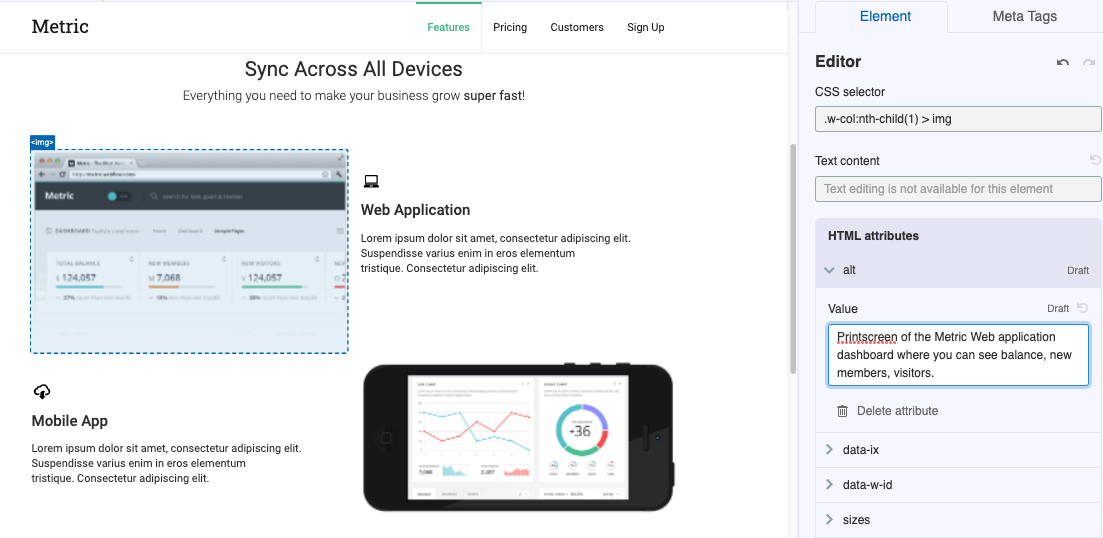
A “truly essential” example from my work at Stella Rising (which pains me still) was a local landing page whose services were detailed in an image rather than good old-fashioned HTML. Getting client buy-in to rectify this was an arduous process, so adding image alt text was our only ray of hope. And with dev resources focused on overhauling the content all together, having a tool like PageImprove to add the alt text as an interim solution would have felt like a miracle.
8. Schema Markup
Schema markup is a collection of code snippets that can be placed on any page of a website in order to call out specific aspects of the page in the search results. Pages with structured data tend to receive higher click-through rates than those without, as the snippets are more engaging and attractive to searchers.
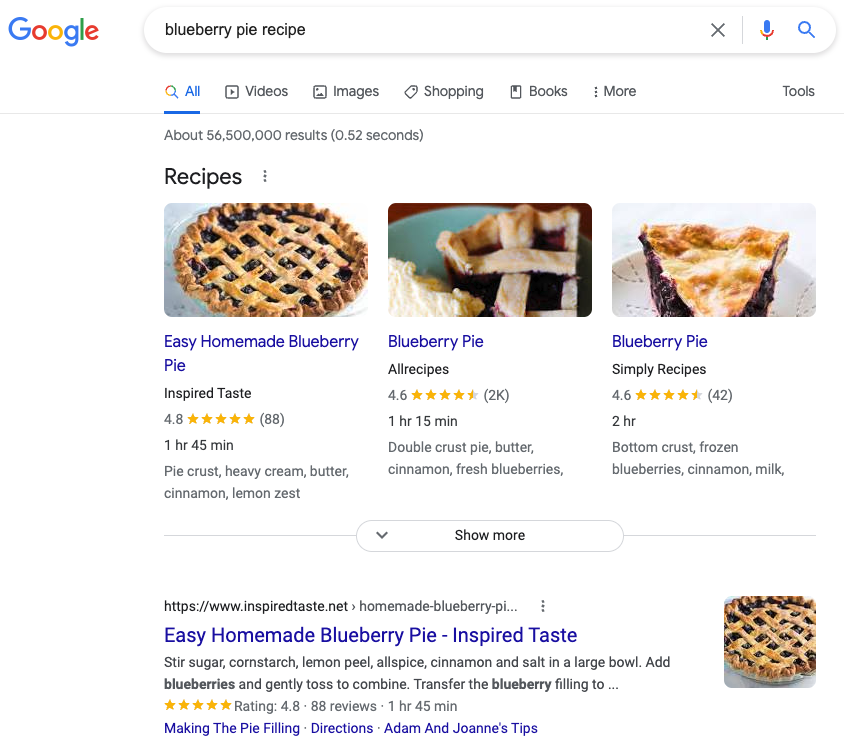
Incomplete structured data may mean you’re missing out on valuable organic SERP presence. For example, with product schema, we often encounter product schema missing Global Trade Item Numbers (GTINs), preventing client sites from appearing in popular products panels. Or worse yet—your hard-earned star ratings won’t appear on SERPs because the aggregateRating limits aren’t fully defined. Invalid structured data got you down? Start solving schema puzzles with PageImprove.
On-Page SEO Implementation Is Key
At the end of the day, SEO recommendations are only as good as our ability to get them implemented. So, while “implementation” isn’t technically considered “on-page SEO,” it’s worth reflecting on whether past on-page SEO recommendations are collecting dust in the dev queue. If that’s the case, take SEO implementation into your own hands and jump into the low-hanging fruit on this list.
